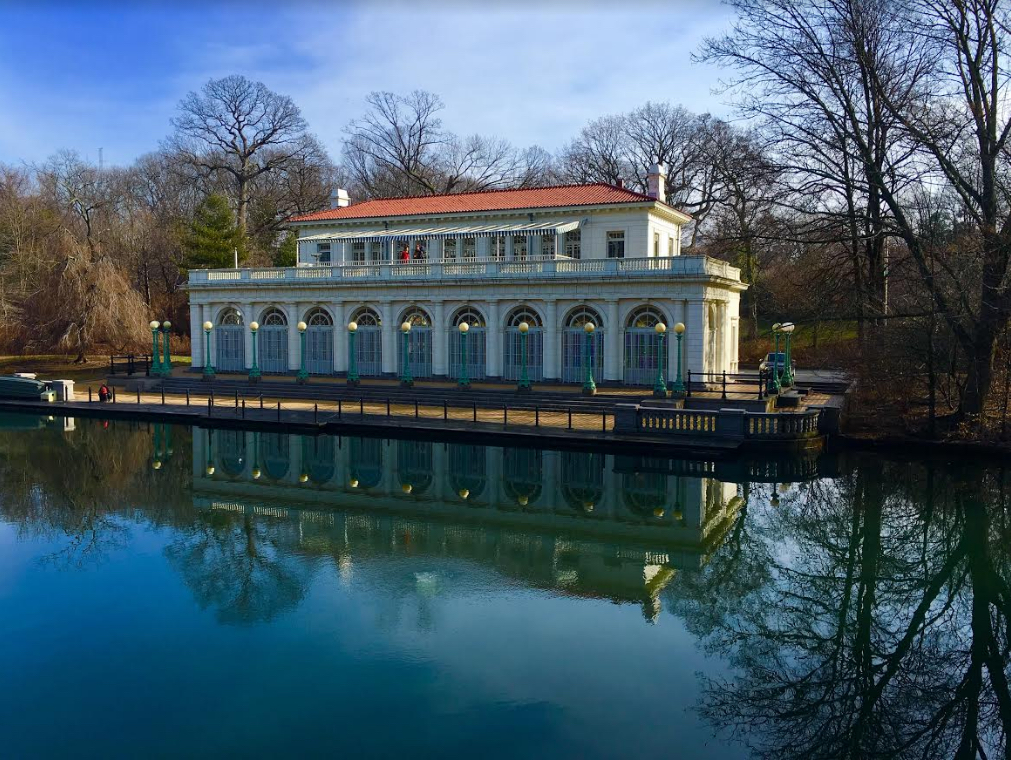Ask, but don’t expect to receive: BP presses MTA for Malbone Street crash monument

Nov. 1 marked the 100th anniversary of the Malbone Street wreck, the worst tragedy in New York City mass transit history. Photos courtesy of the New York Transit Museum
After six months, the Brooklyn Borough President’s Office is still seeking a cost estimate from the MTA that will help it proceed with plans to install a permanent marker to commemorate the worst disaster in New York City transit history.
The Malbone Street crash of 1918, which took place on a now-unused approach to the Prospect Park station on the Brighton Beach line (today’s B and Q lines), killed 93 people and injured more than 200 others.
Related: Ceremony held to commemorate anniversary of deadly 1918 subway crash that killed 93
